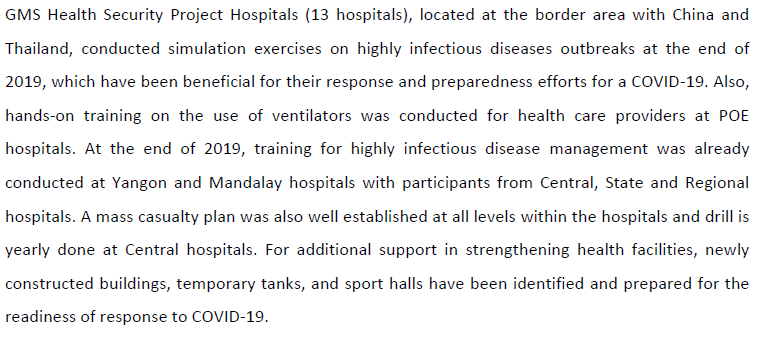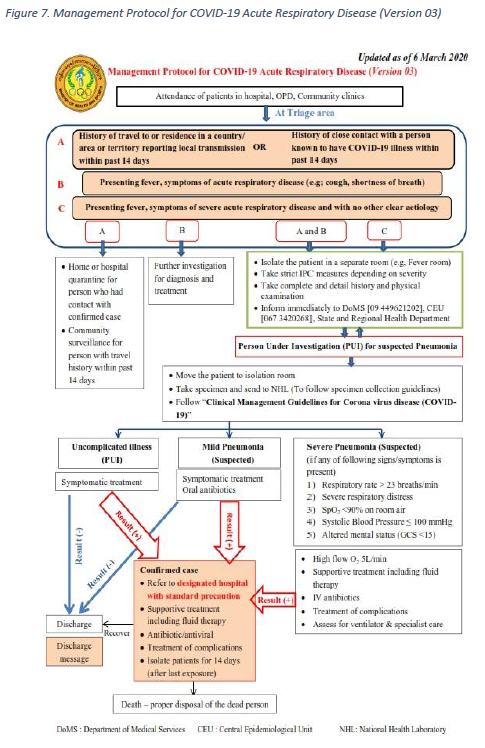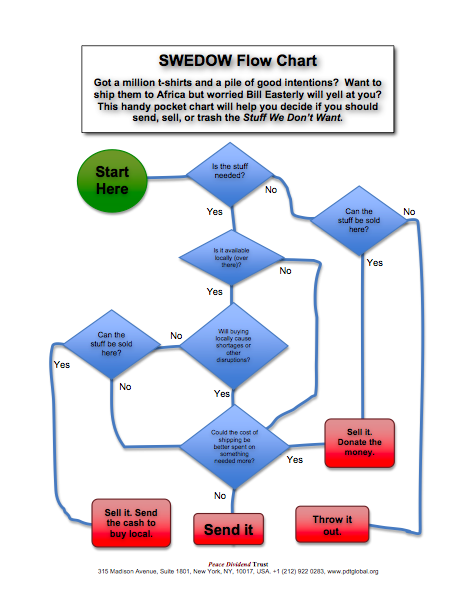I spent some time last week reading through the #Myanmar Govt& #39;s #COVIDー19 Contingency Plan. I read it as a governance guy (I don& #39;t know anything about health), I read the English translation doc & I read it as a white guy who lives in Yangon (but is temporarily in Australia)
1
1
Here are some things that I learnt about the Govt& #39;s formal structures and preparedness plans. Obviously, what I didn’t learn was how this is ACTUALLY going to play out - which will likely be very different to how it is outlined in this very well considered plan.
2
2
No surprises to begin- at the union level, #ASSK chairs the central committee overseeing the response, the
& #39;National-Level Central Committee to Prevent, Control and Treat for COVID-19& #39; (just how many committees does she chair now???)
4
& #39;National-Level Central Committee to Prevent, Control and Treat for COVID-19& #39; (just how many committees does she chair now???)
4
It& #39;s interesting to note regarding national level coordination body structures that the initial body set up in January included S/R Chief Ministers, however this was replaced on March 11 with #ASSK led committee, which includes S/R Social Affairs Ministers, but not Chief Mins
5
5
At the end of March, another union level committee (the 3rd) headed by (military-nominated) 1st Vice President U Myint Swe and with strong military ministry representation (but no MOHS representation) was established to deal with the emergency response https://www.mmtimes.com/news/myanmar-leader-forms-new-anti-covid-19-committee.html
6">https://www.mmtimes.com/news/myan...
6">https://www.mmtimes.com/news/myan...
The contingency plan outlines the MOHS contextualized response actions into four phases--(a) preparedness (b) containment (c) control and mitigation (d) stand down — I think this pretty much reflects standard @WHO guidance in terms of how countries should frame their responses
7
7
By the definition provided, I don’t think Myanmar has reached the & #39;control and mitigation& #39; stage, however it& #39;s interesting to note a number of the associated health measure responses have already been put in place in different parts of the country.
8
8
Regarding testing capacity, the plan indicates that 320 samples can be tested per day by the National Health Laboratory (NHL). As the national reference laboratory, specimens from States and Regional and district levels are sent to the NHL directly.
9
9
This seems some crazy low capacity for a population of 55million, and I would hope/assume that perhaps this has already been scaled up significantly, or that the are also alternative testing facilities to the NHL available (please tell me it is so)?
10
10
Throughout the plan, a range of comms tech is referred to: Viber groups, QR codes, Facebook groups, video conferencing facilities, as well as traditional hotlines, emails etc. More than 12,000 tablets have also been distributed to Basic Health Service Professionals in 7 S/Rs
11
11
Regarding & #39;risk& #39; communications more specifically (and Myanmar& #39;s ongoing problem with misinformation spreading via digital platforms), a & #39;Rumor Surveillance Team& #39; has been established. And also be sure to check out this & #39;extremely clear& #39; diagram on risk communication.
12
12
Looking for bright spots -again with proviso I know as much about pandemic response as @realDonaldTrump- this bit did seem to suggest & #39;a level& #39; of preparedness.
13
13
Going back to awesome diagrams (and flashbacks to my favorite - #SWEDOW)- I couldn& #39;t leave out this one regarding what to do with patients presenting with symptoms at health facilities
14
14
Also a quick shout out to my homeland- its "Health Sector Emergency Response Plan" has been used to provide the ethical framework for Myanmar& #39;s response. Glad to see this value on & #39;equity& #39; included (although will come back to the plan& #39;s lack of consideration of such issues)
15
15
As someone who works on sub-national governance and decentralisation in #Myanmar, I was glad to see a comprehensive sub-national committee structure put in place when I read the plan (S/R, District, Township).
16
16
However - time flies in a pandemic, and these State & Region multi-sectoral coordination committees have already been both constituted and dissolved over the last fortnight. It& #39;s not clear yet whether the replacement committees will play a similar role
17
17
regarding the multiple changes that have happened to the various committees at the different levels of govt- it& #39;s hard to know whether these just reflect sensible changes that will assist with the response, or as some have suggested reflect political maneuvering...
18
18
...and the always challenging balance of civil/military relations. There& #39;s no doubt the military have had a larger presence in relation to the response effort recently. Exhibit A:
19
19
At the township level, there& #39;s already evidence that township committees are playing a central role in the response - these committees will be crucial in not just managing the first order health issues , but also ensuring continuity of essential services, food security, etc
20
20
On a less bright note, beyond talk of translating materials into ethnic languages, there is very little discussion regarding how the plan will interact or consider the role of Ethnic Health Organisations or response efforts in non-government controlled areas.
21
21
Unfortunately, this seems to reflect how things are playing out on the ground as well.
https://www.bnionline.net/en/news/eaos-burmese-govt-doesnt-accept-our-cooperation-fighting-covid-19
22">https://www.bnionline.net/en/news/e...
https://www.bnionline.net/en/news/eaos-burmese-govt-doesnt-accept-our-cooperation-fighting-covid-19
22">https://www.bnionline.net/en/news/e...
Returnees/migrant workers do get more attention in the plan, but as @Mattyrwalsh has shown, the quarantining situation on the ground points to a pretty rough ride- and that& #39;s before you get to all the other challenges they will face.
23 https://twitter.com/mattyrwalsh/status/1245517231611465729">https://twitter.com/mattyrwal...
23 https://twitter.com/mattyrwalsh/status/1245517231611465729">https://twitter.com/mattyrwal...
And finally, as a reminder of who is least prepared and most likely to be worst affected by this crisis in Myanmar, as of January there were a total of 184,333 IDPs staying at 128 camps in 24 townships in Kachin, Kayin, Shan & Rakhine State.
24
24
PS Shoutout to two great women of twitter: @EdithMirante - queen of the Myanmar twitter thread; and @_alice_evans - who can spin even the driest of academic topics into the most sparkling of threads.
<END>
<END>

 Read on Twitter
Read on Twitter











